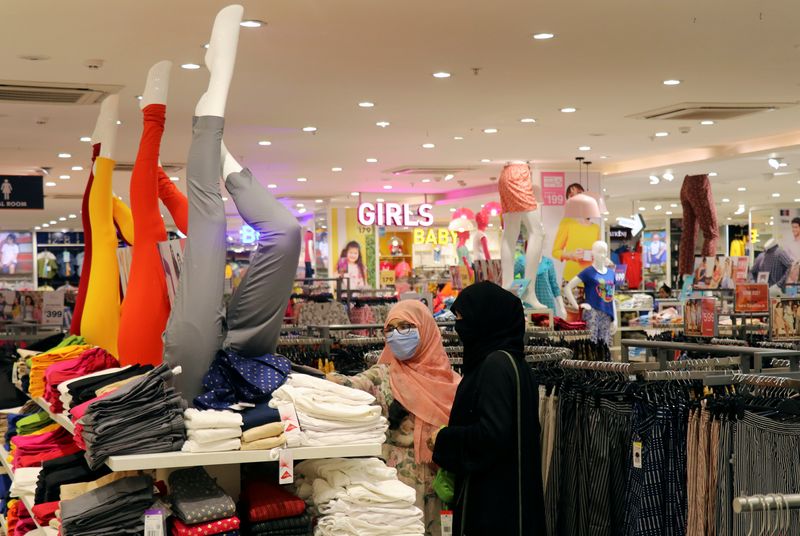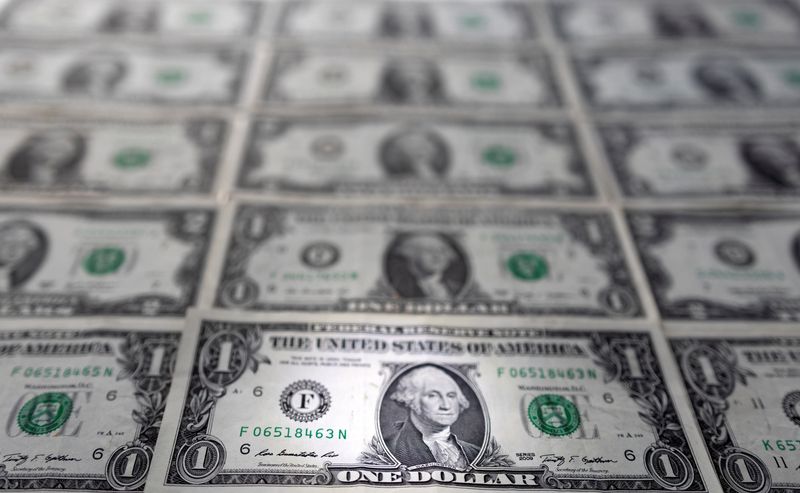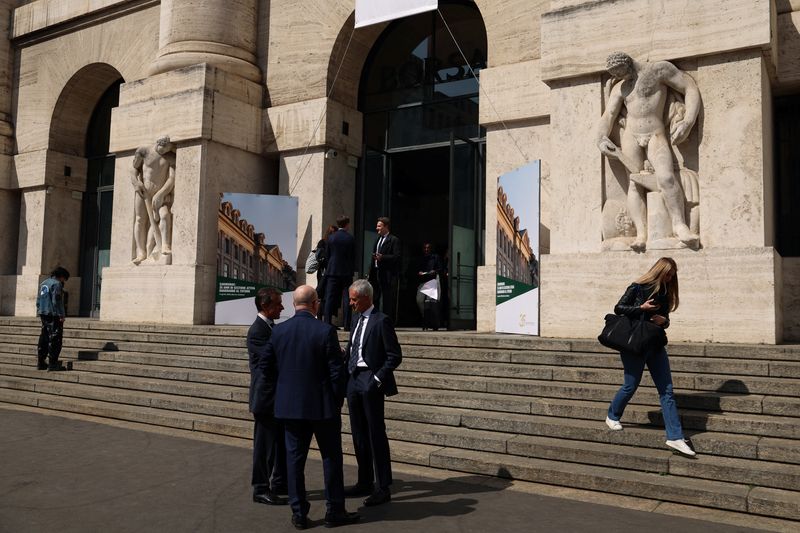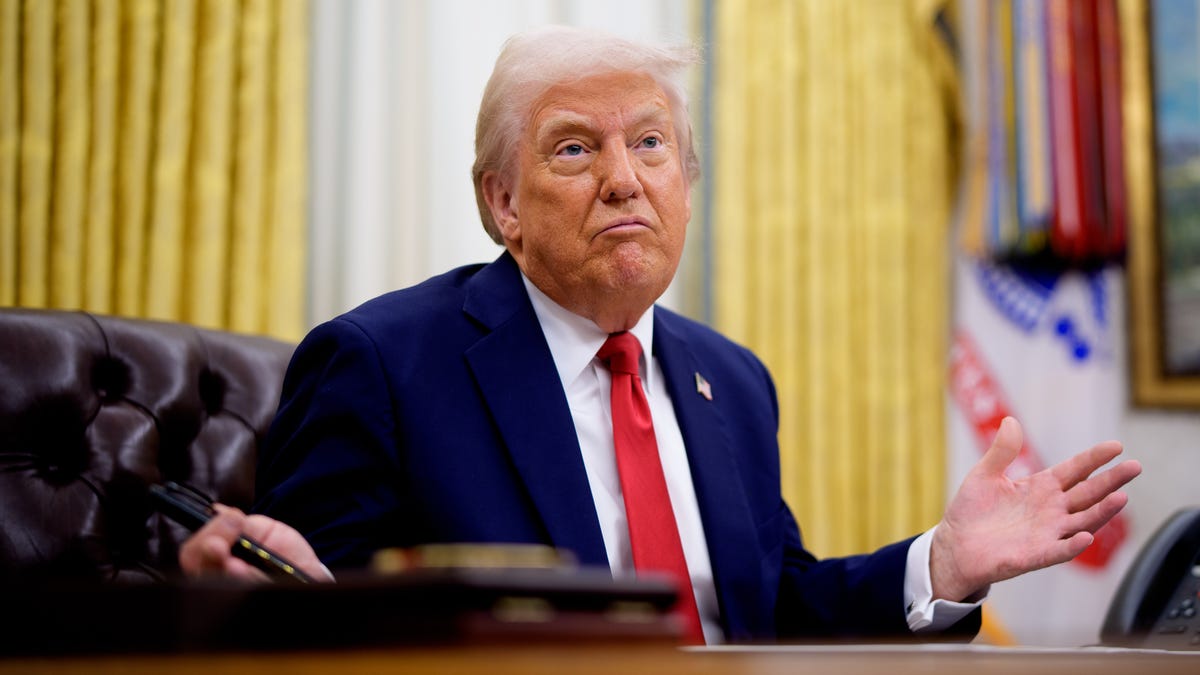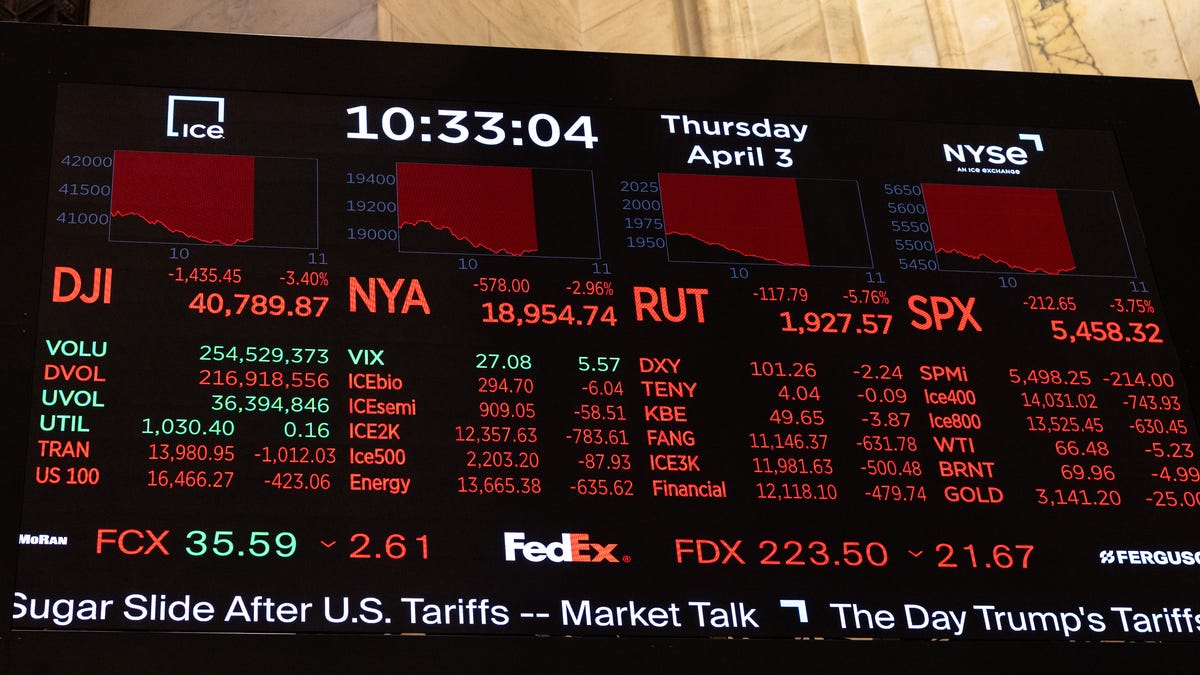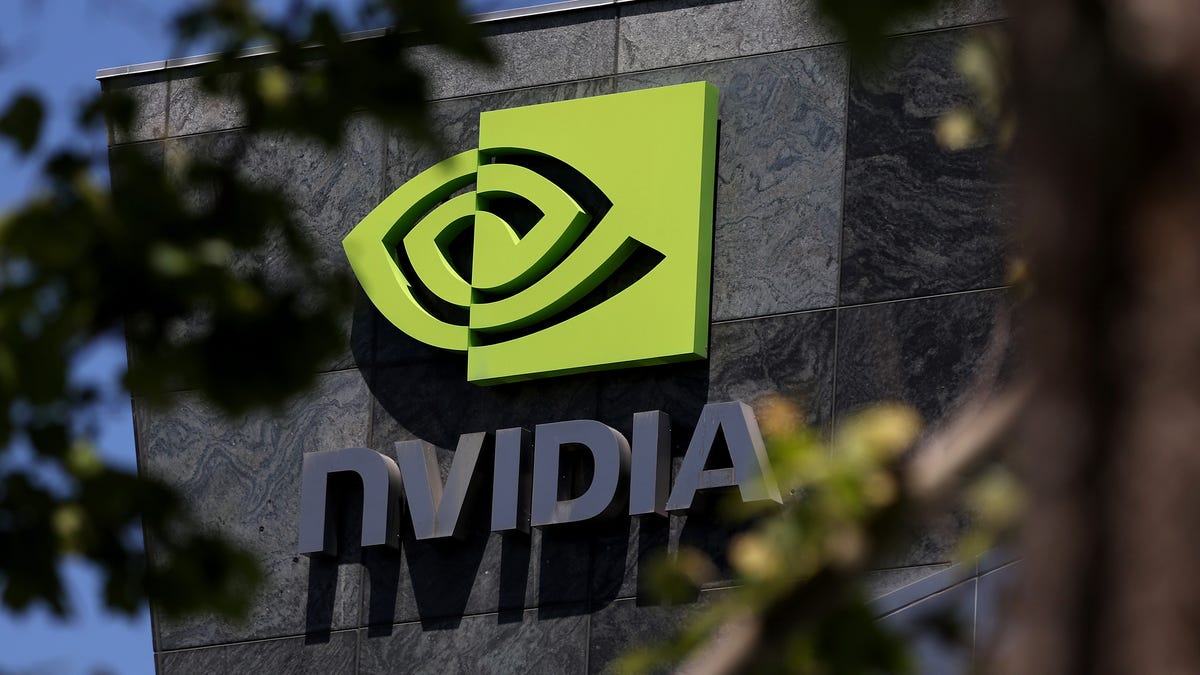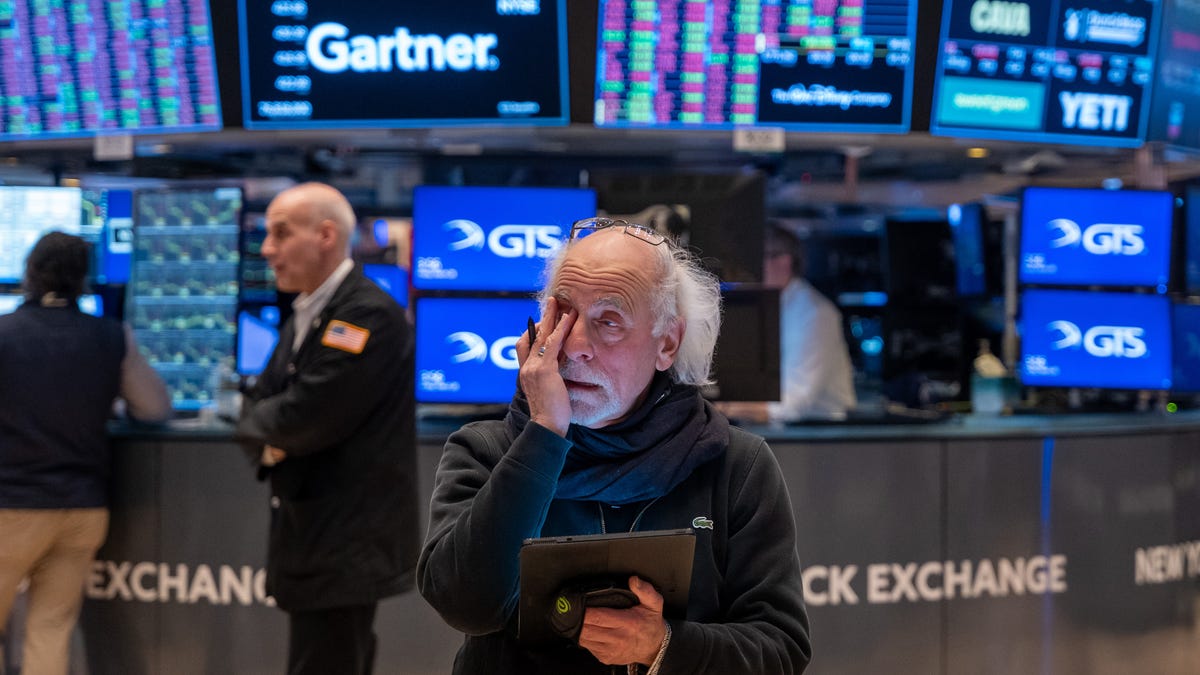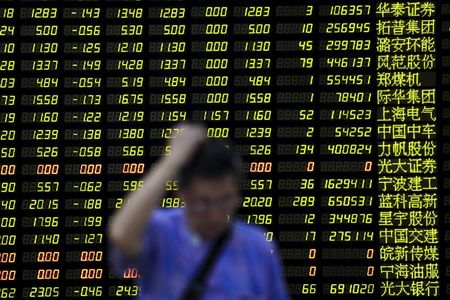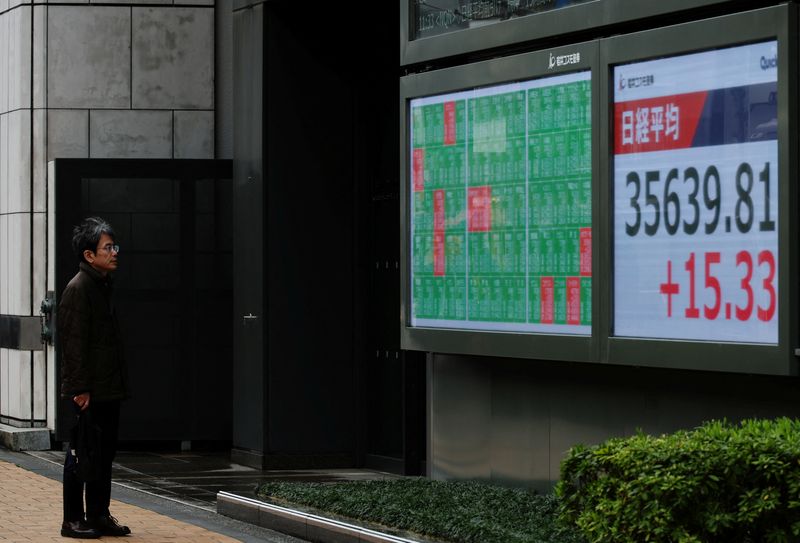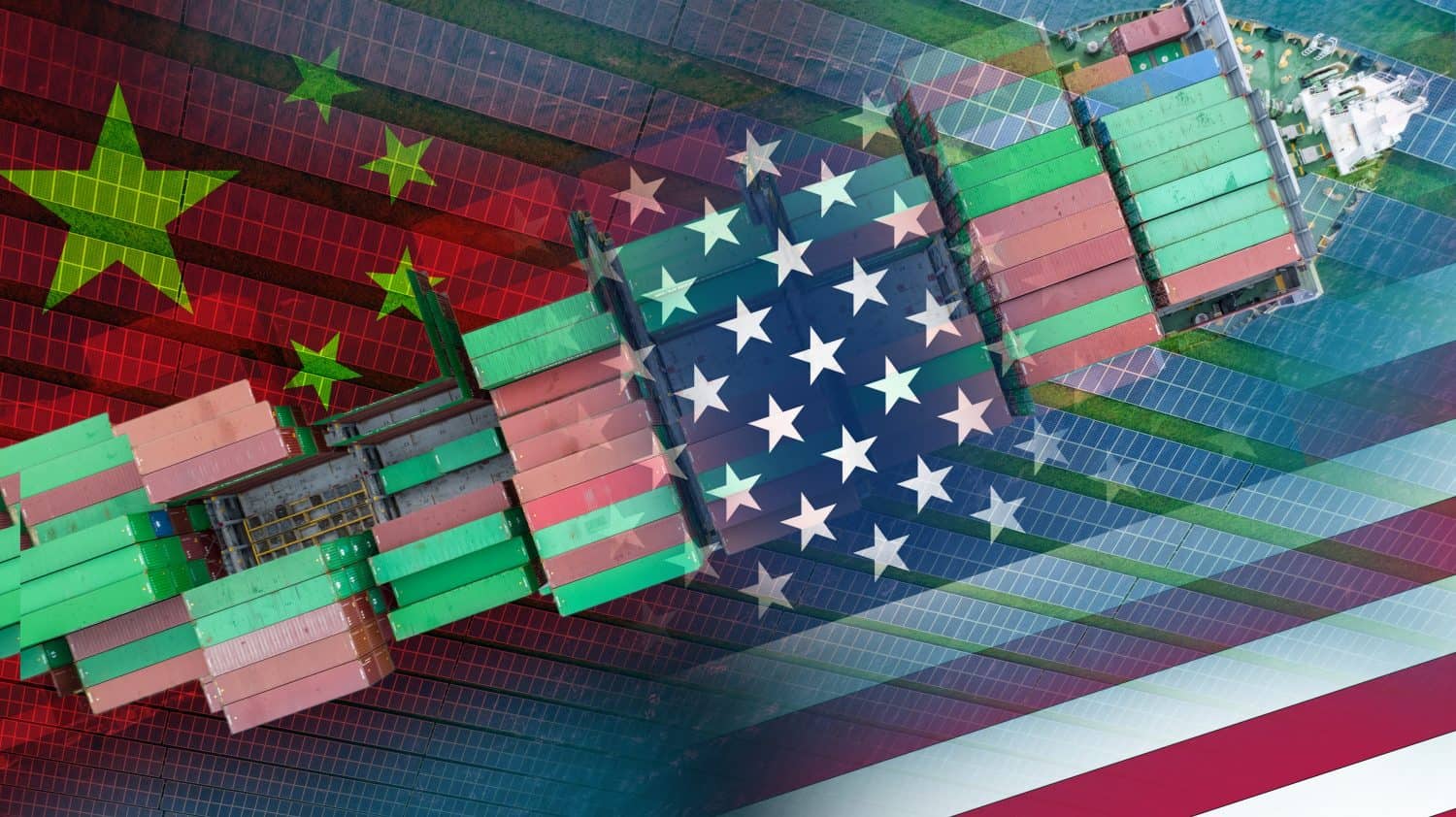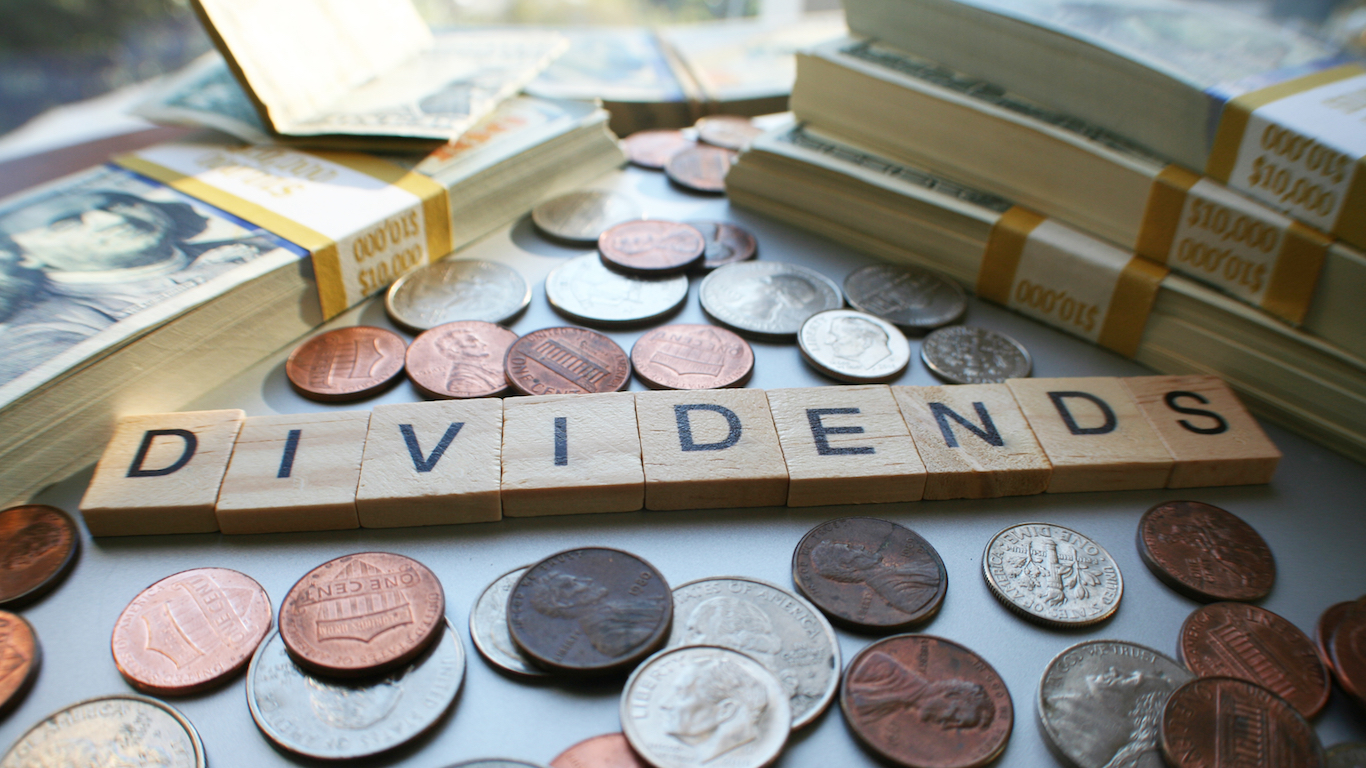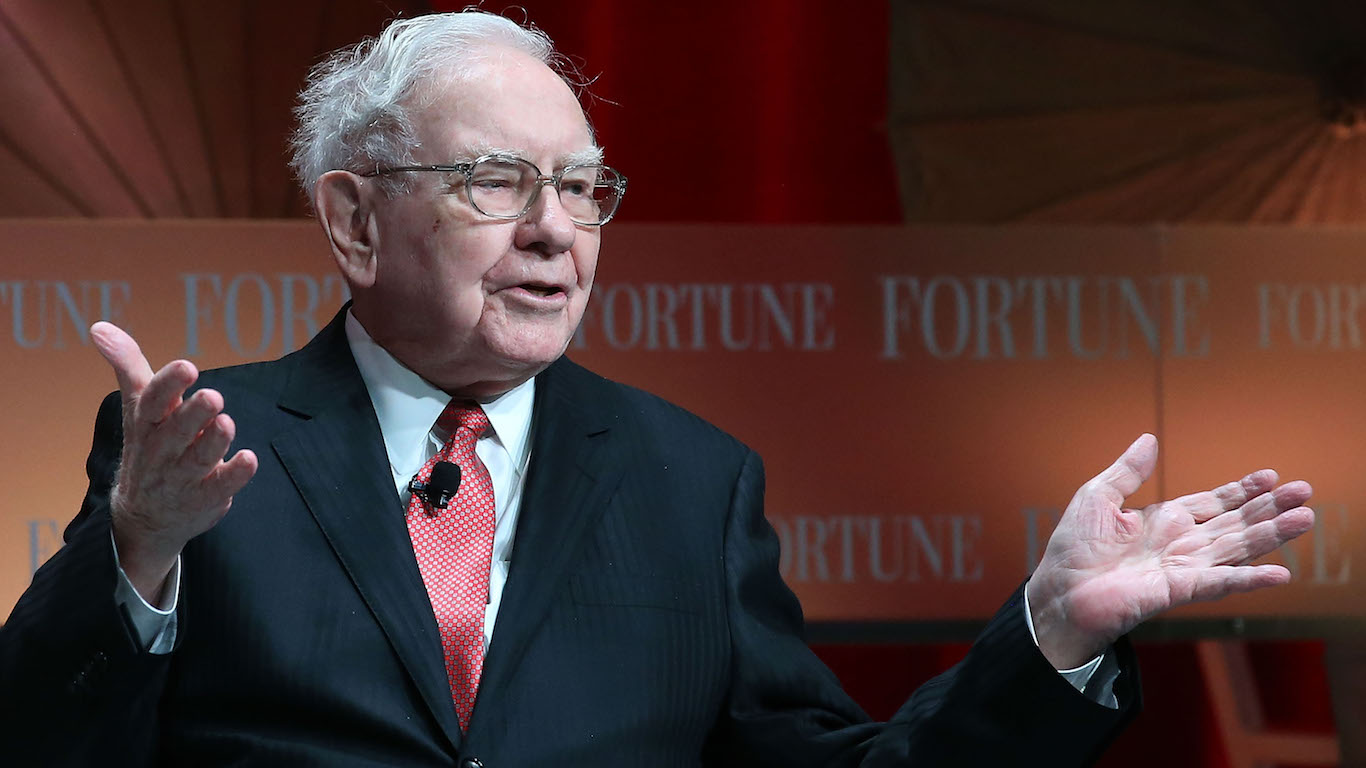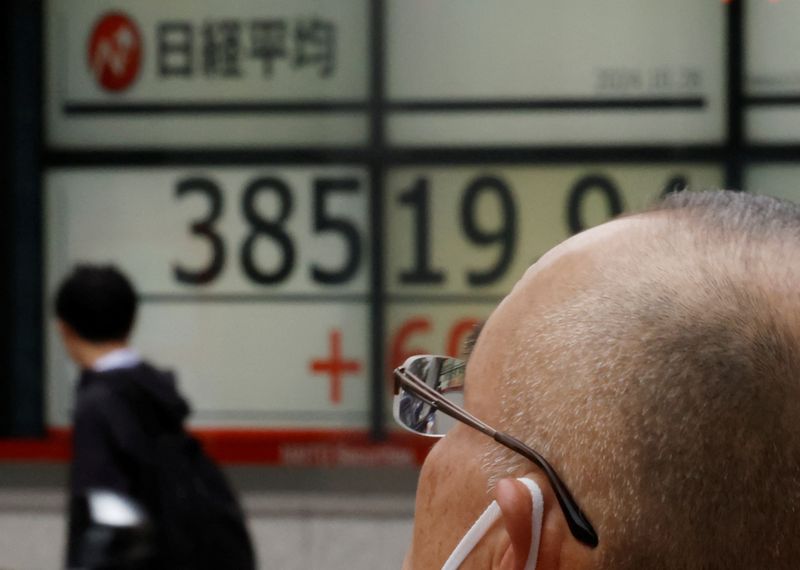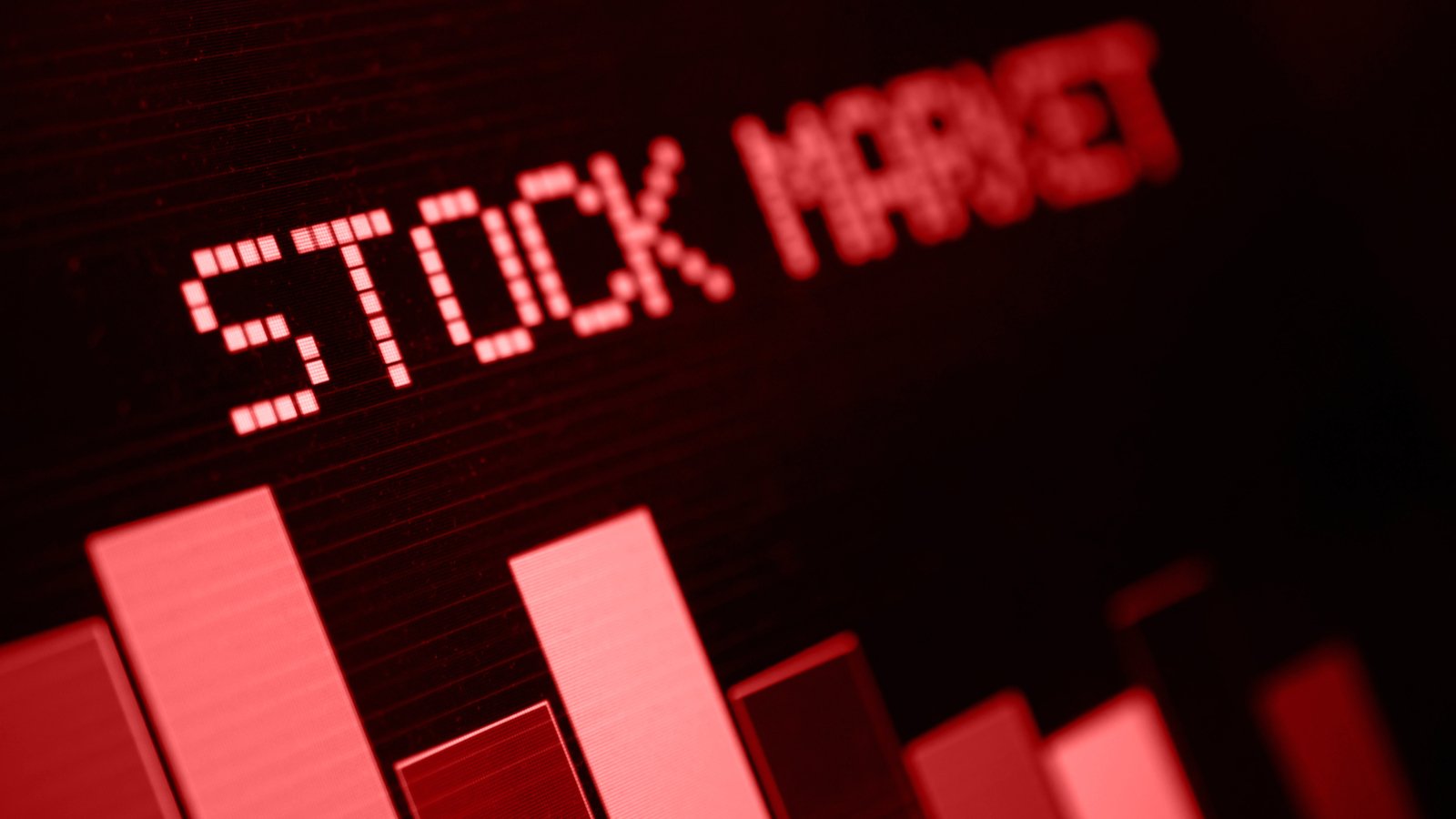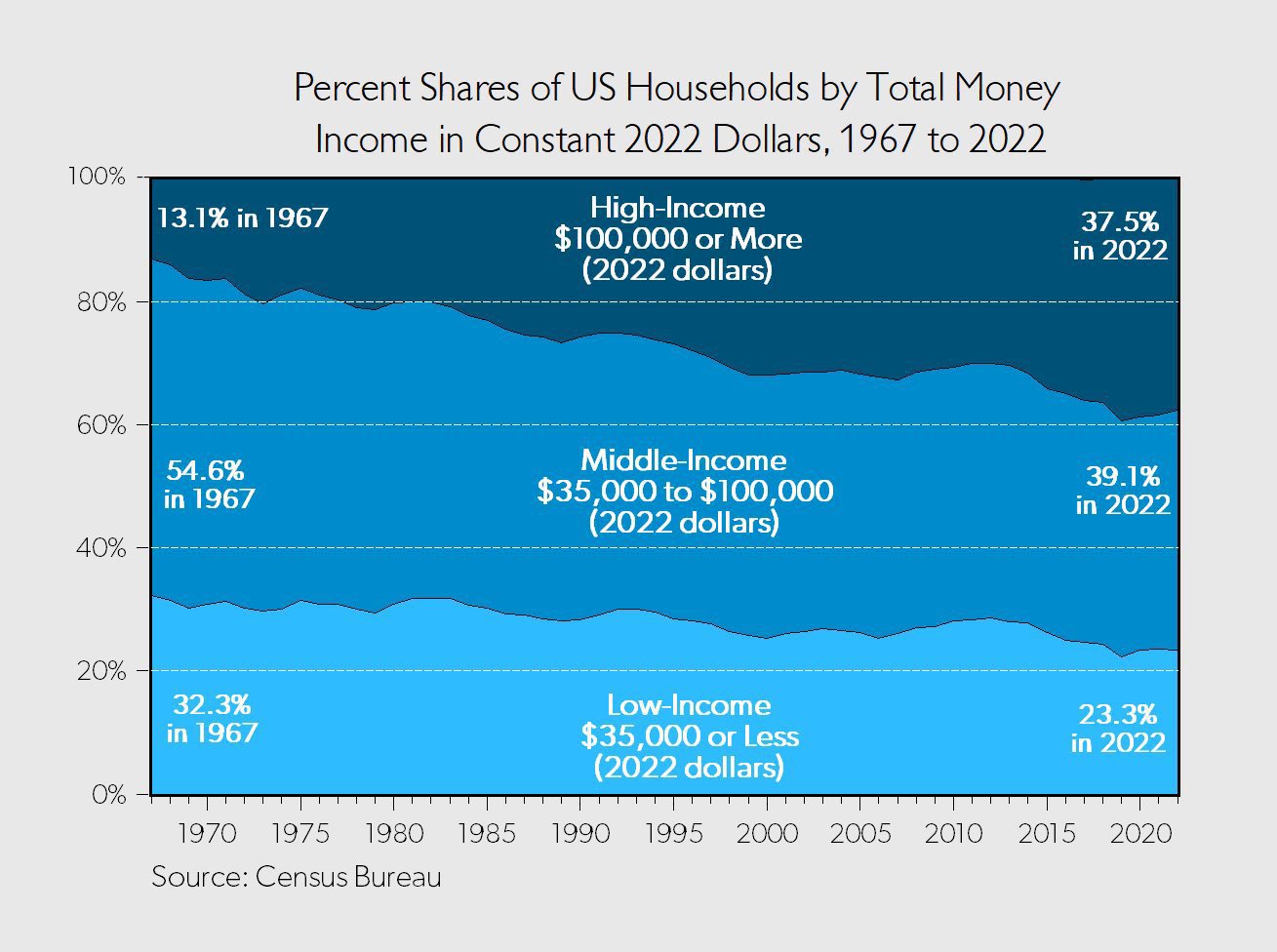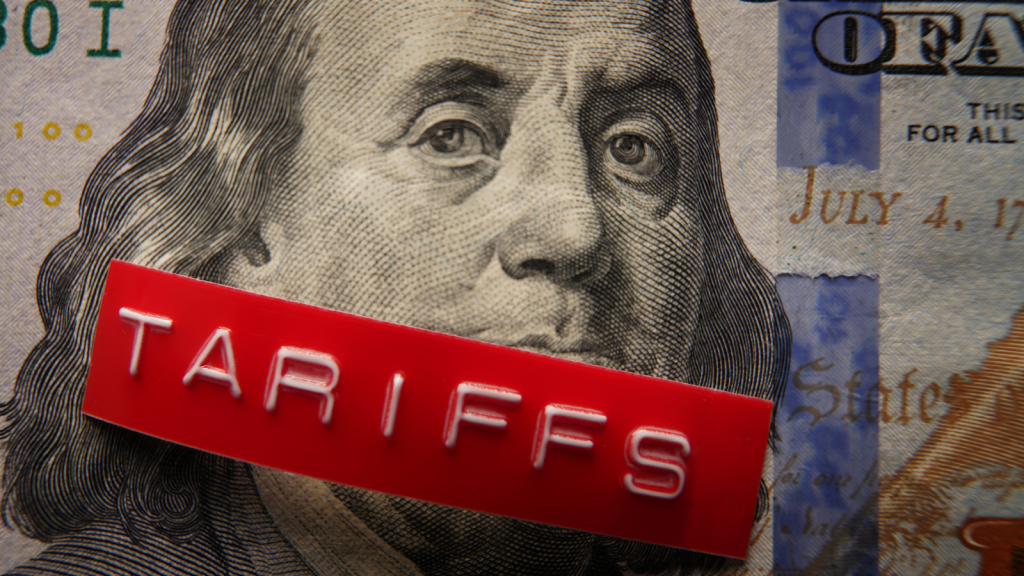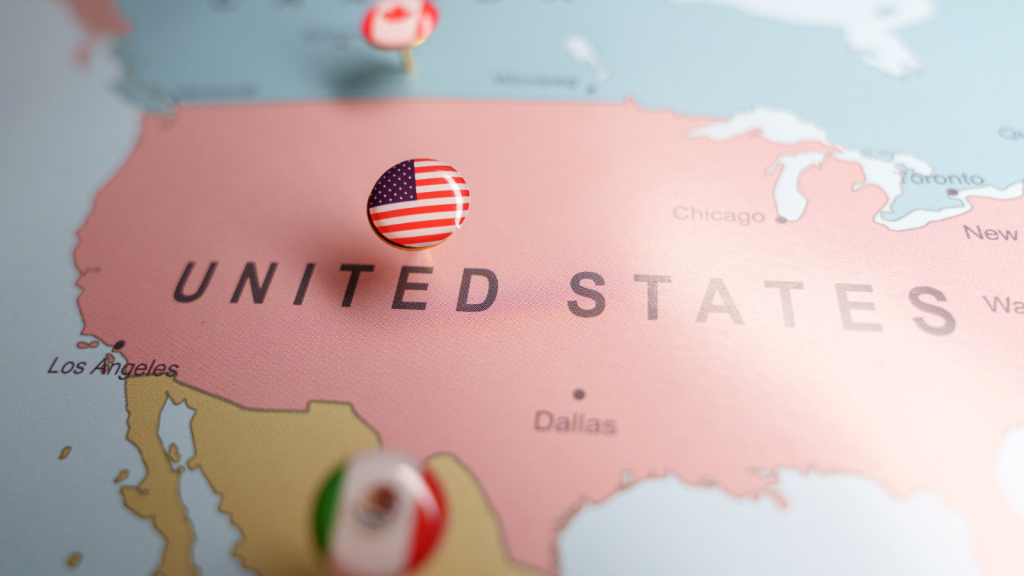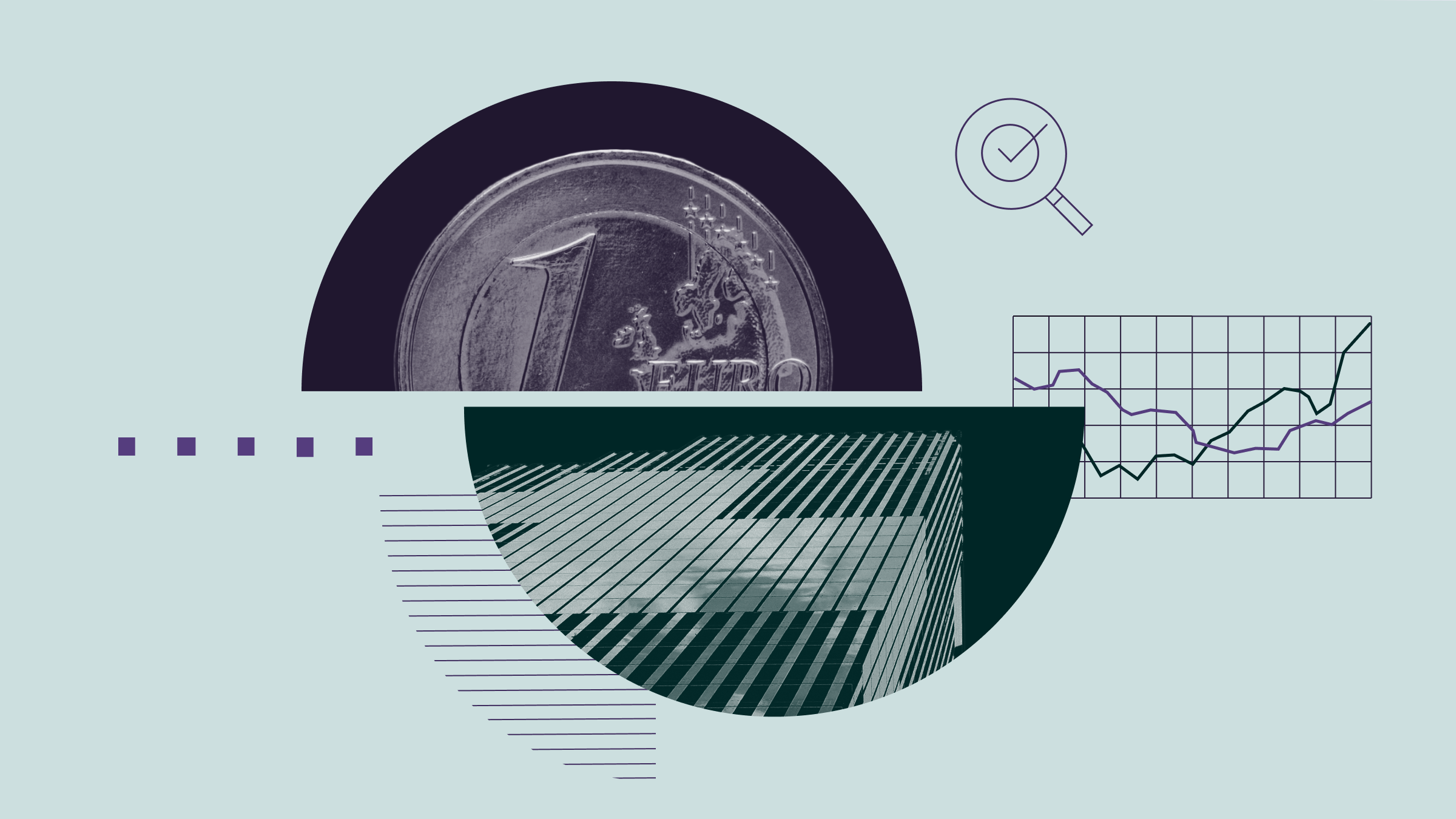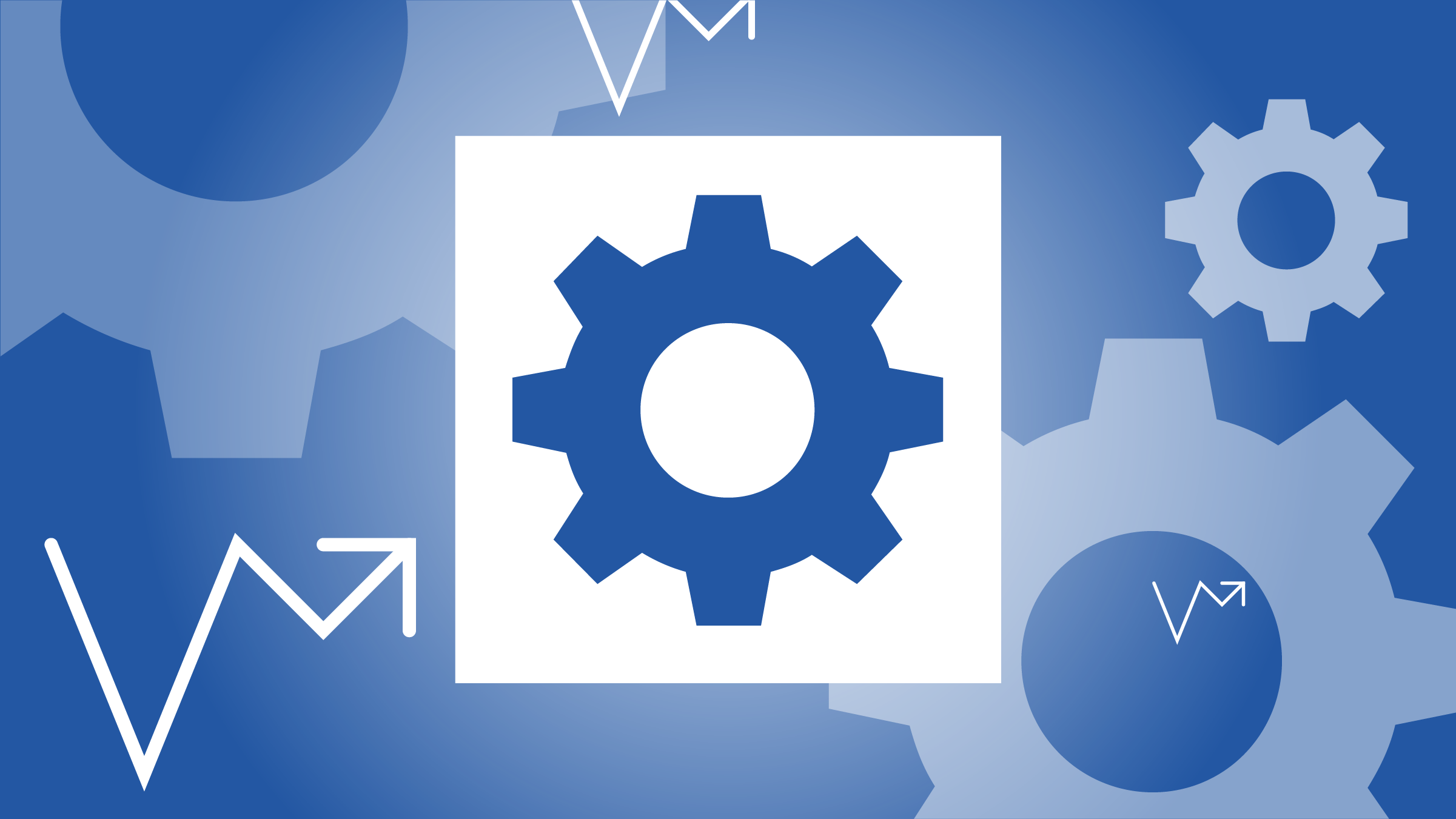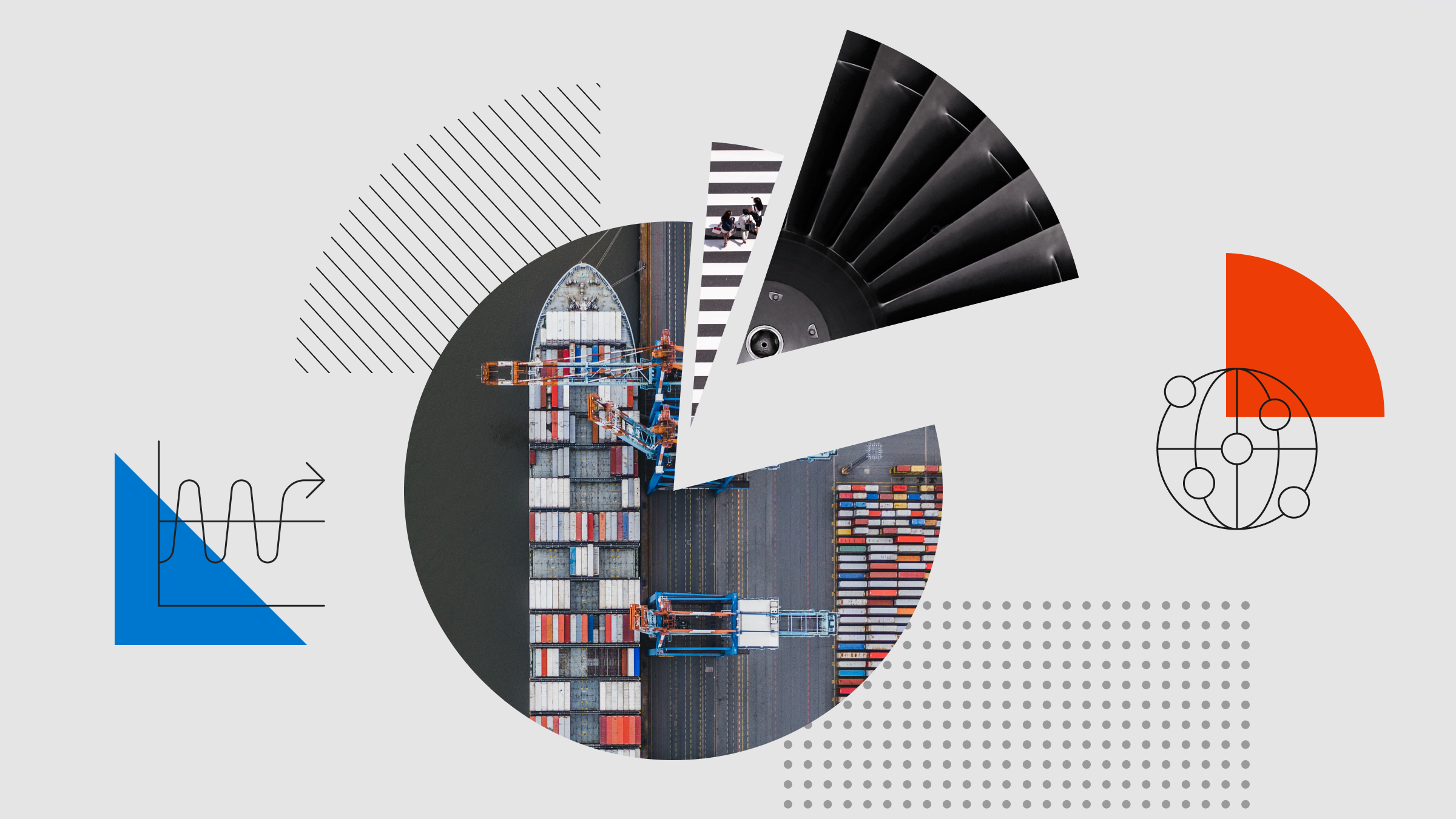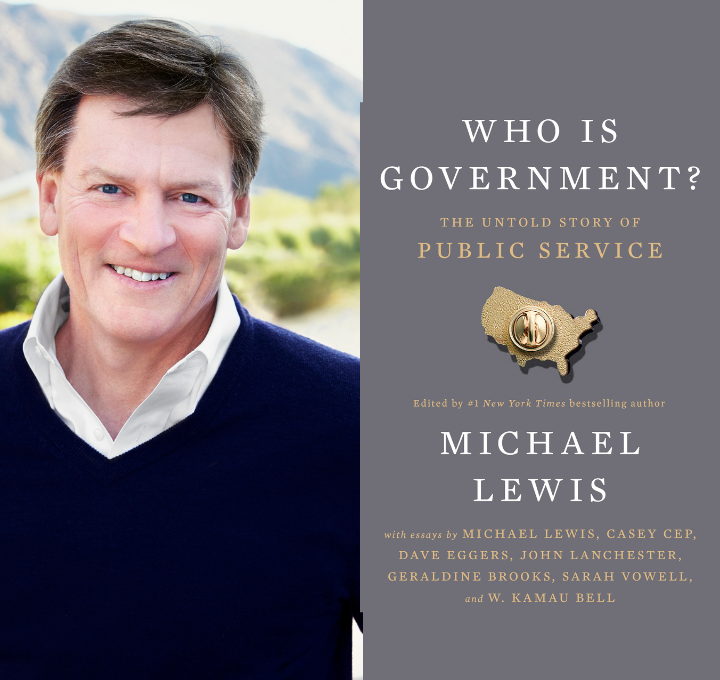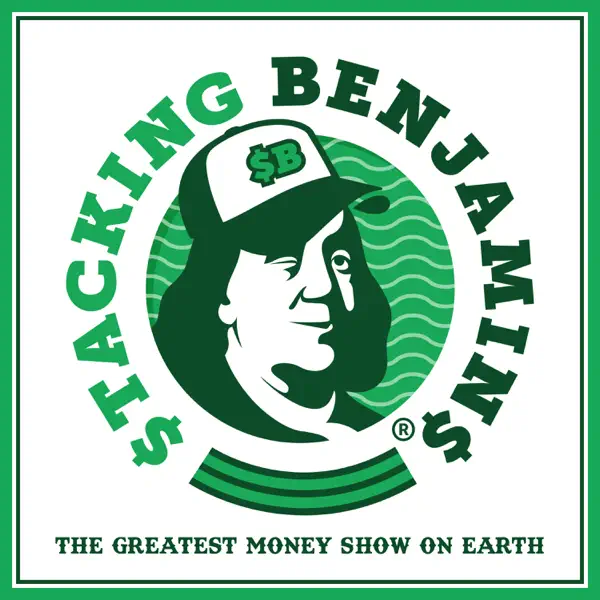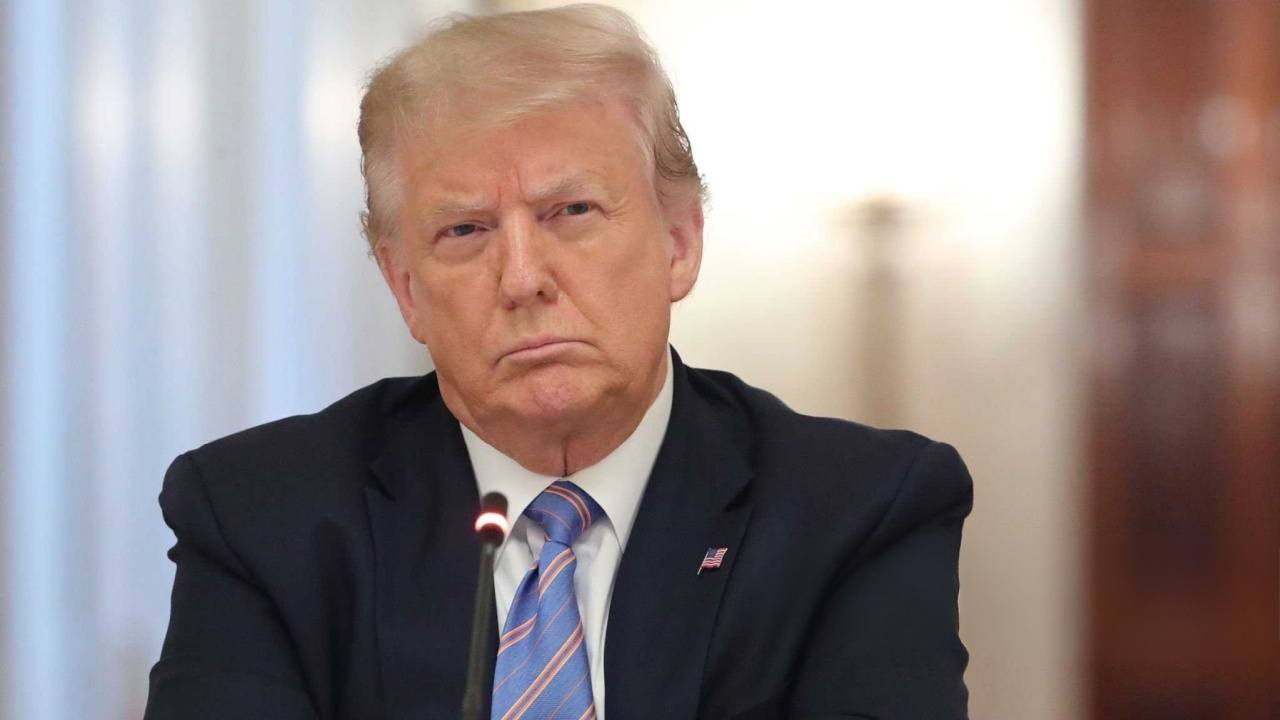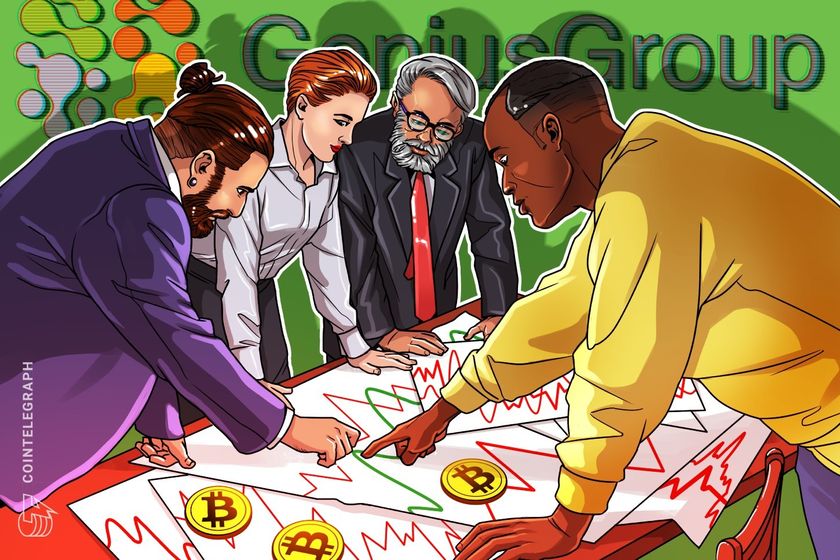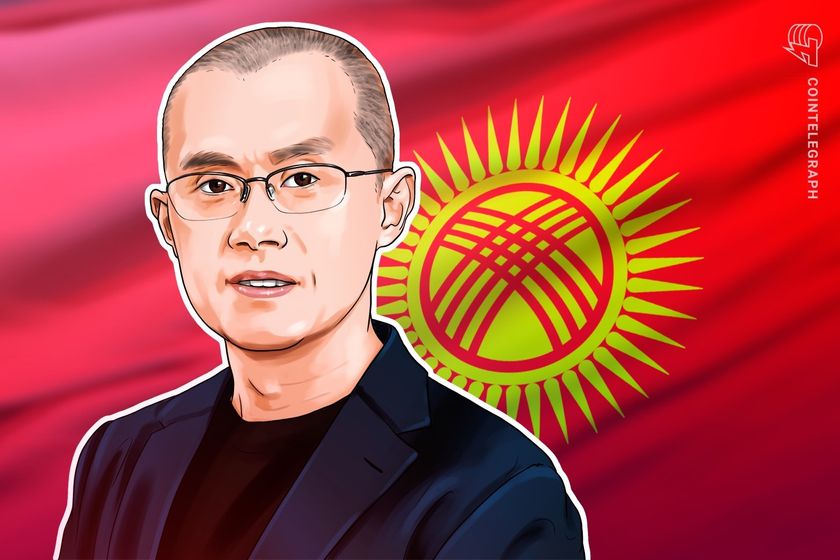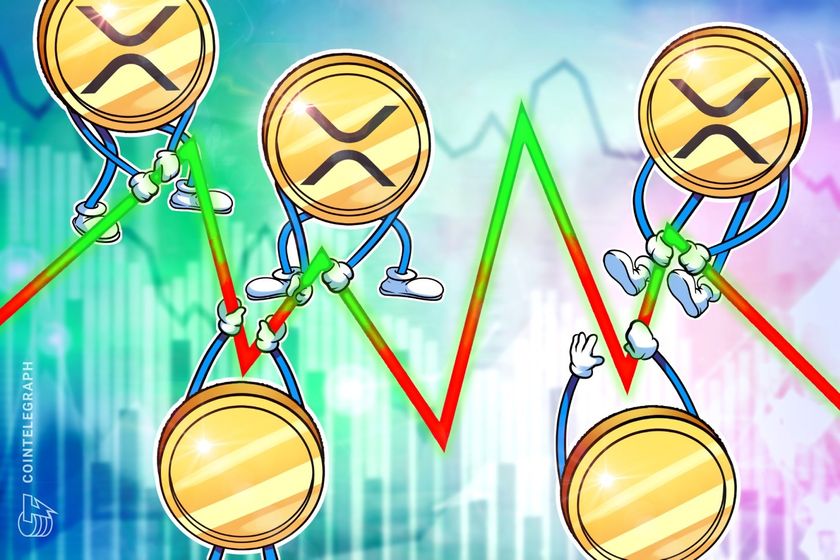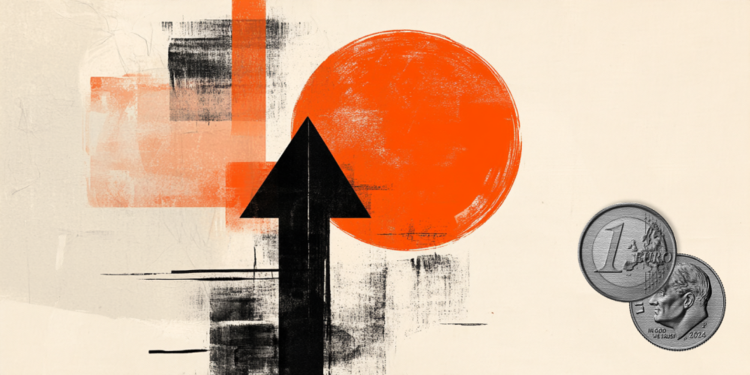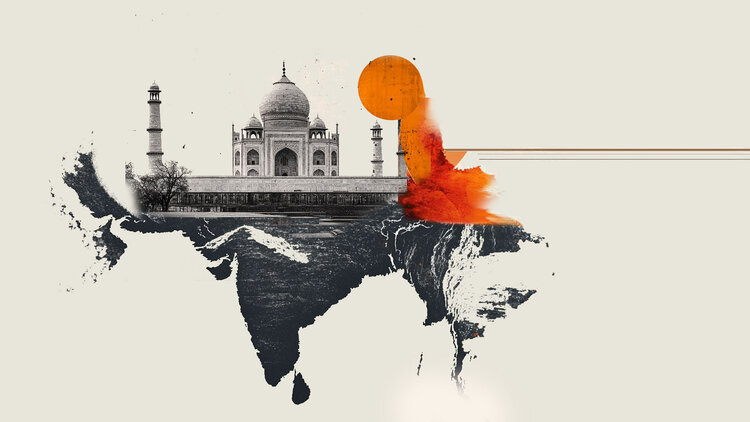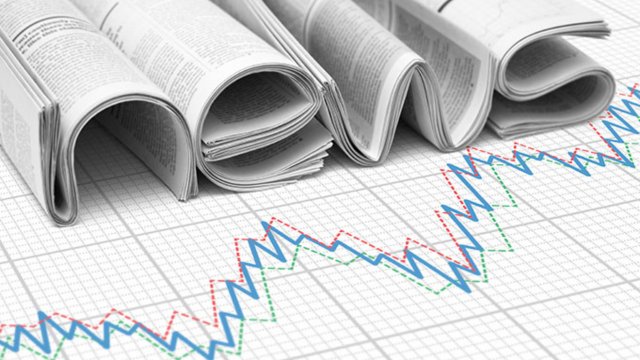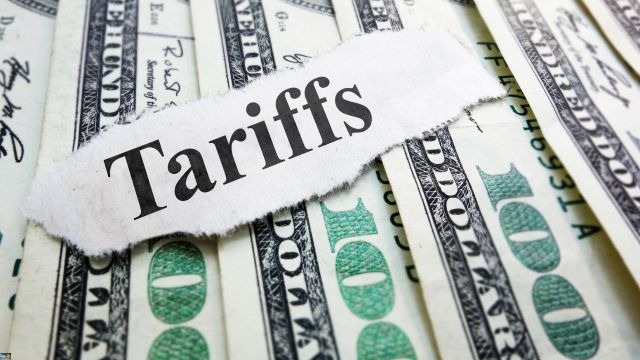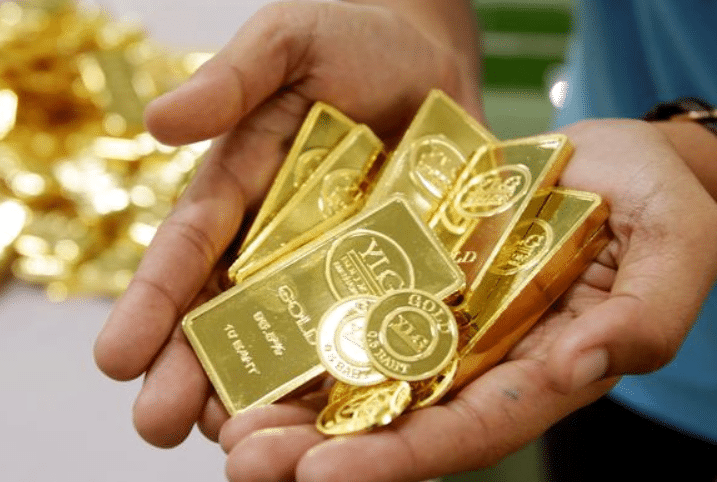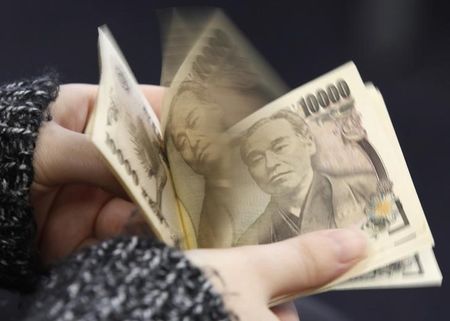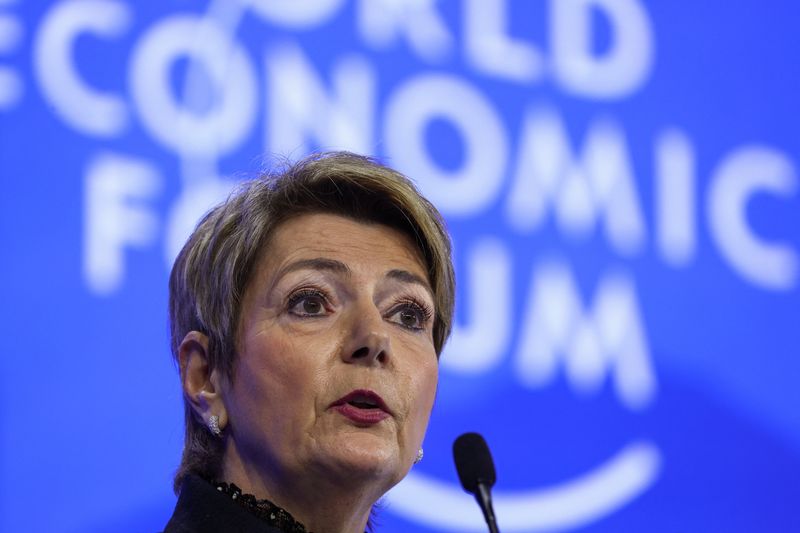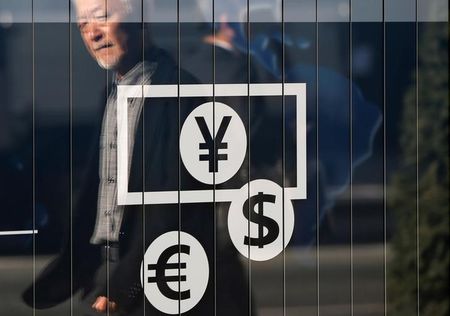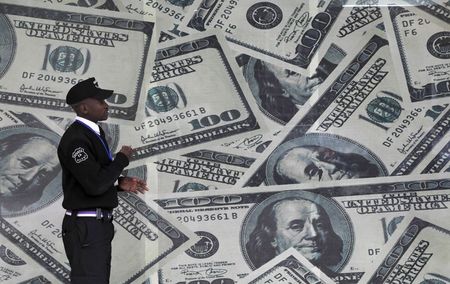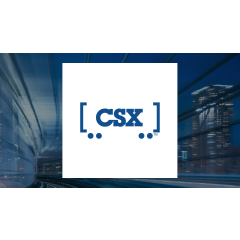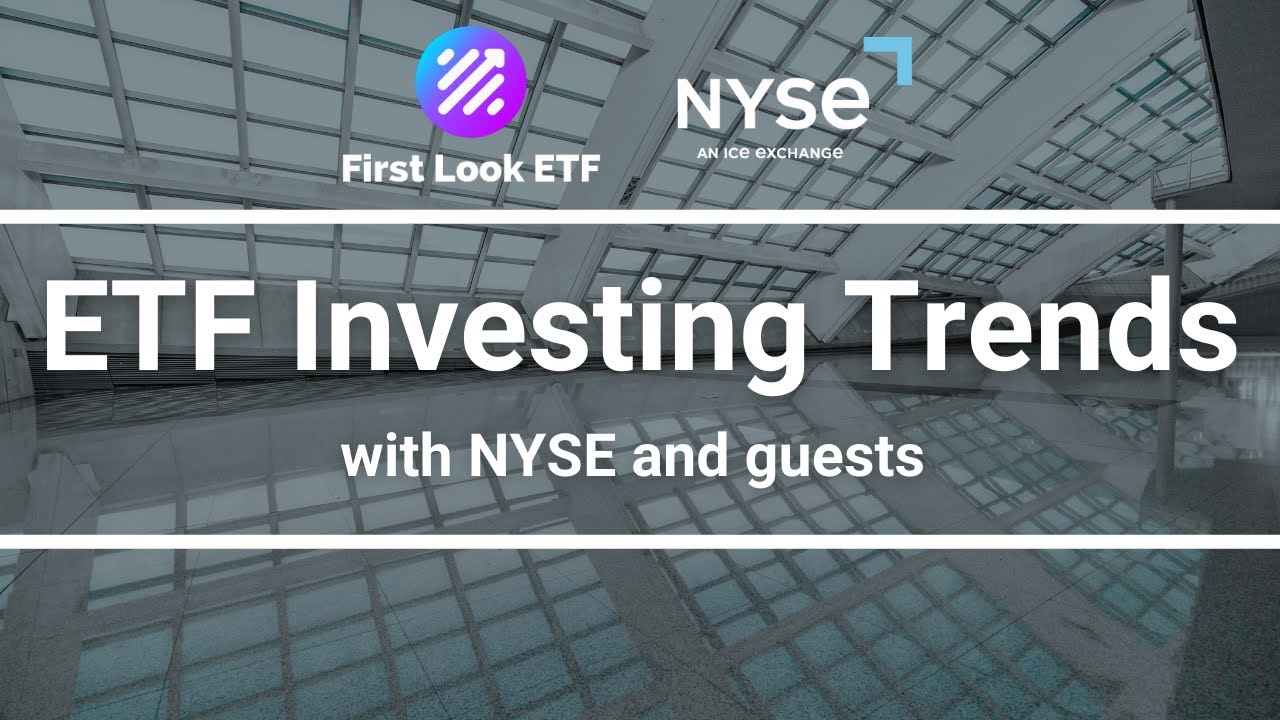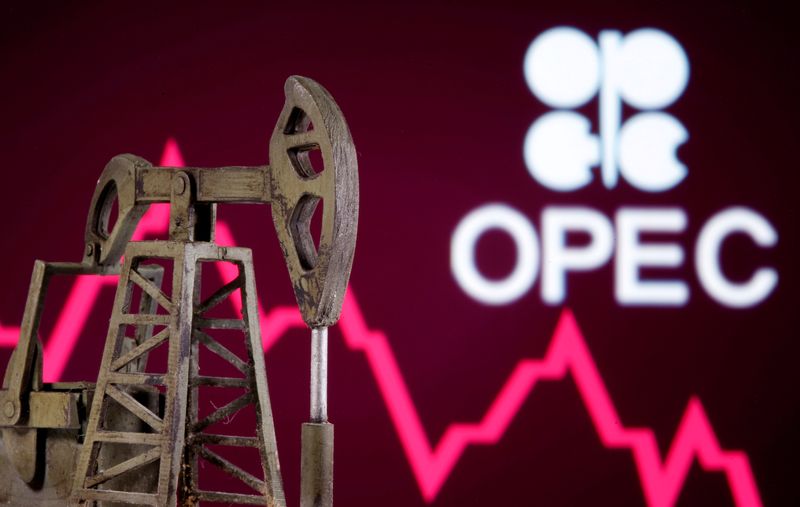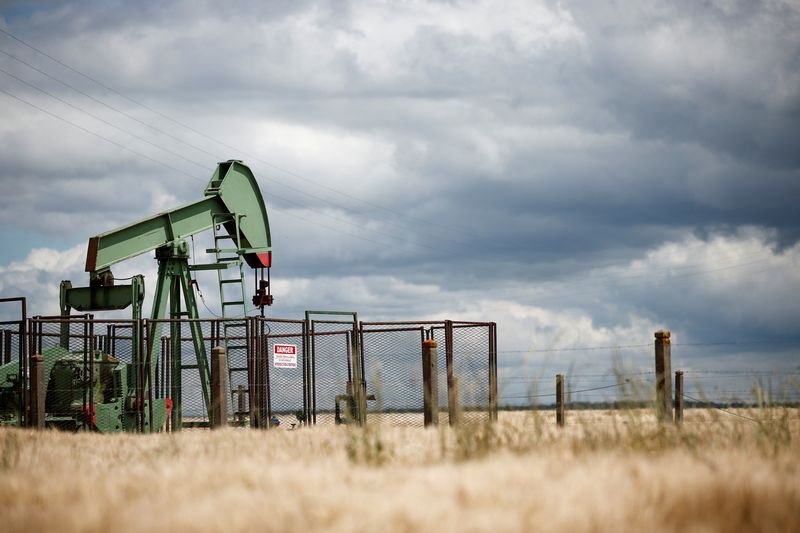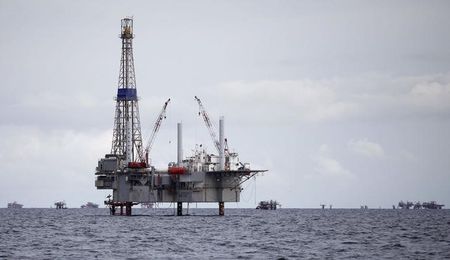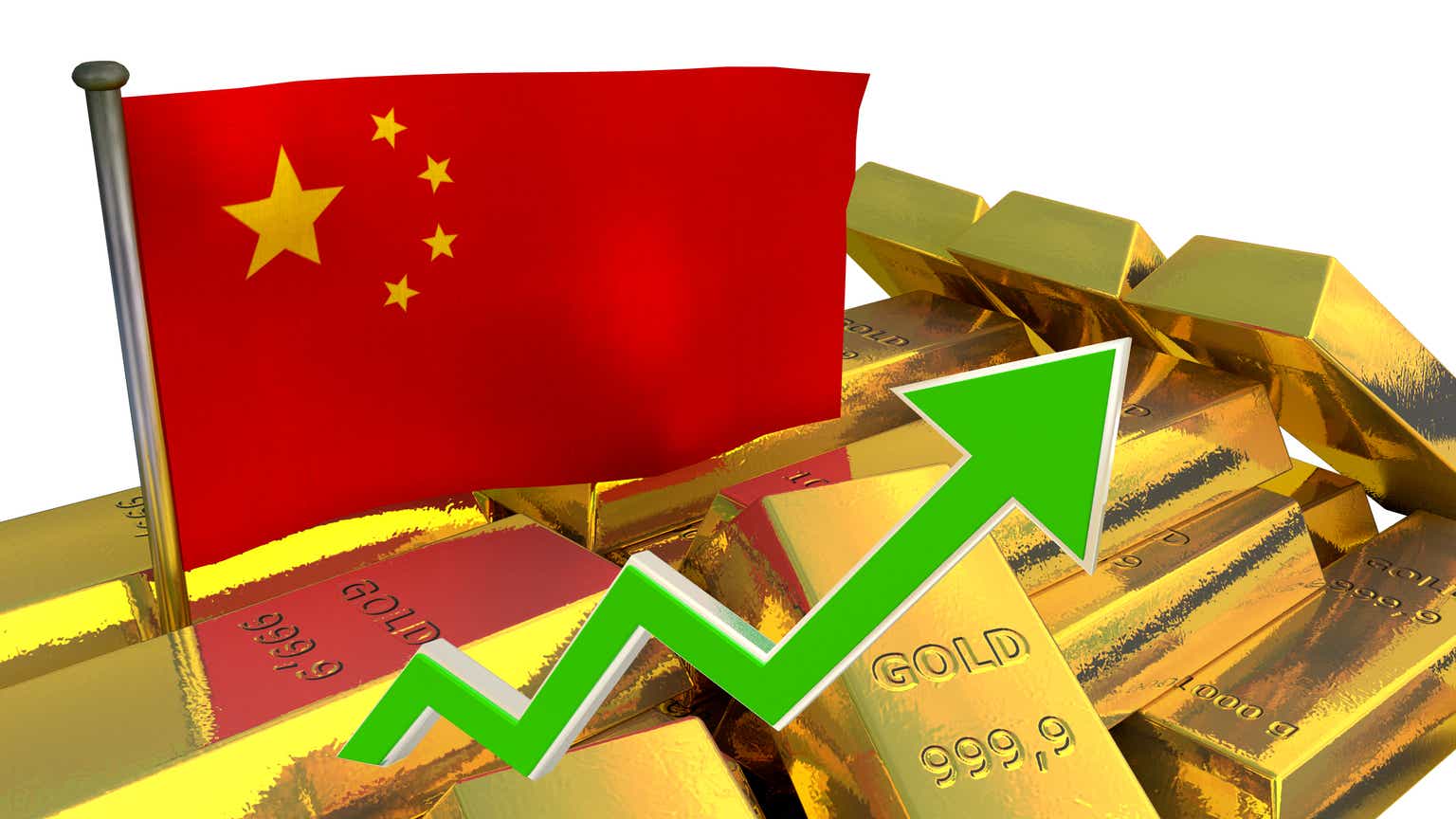Trump tariffs raise U.S. recession, stagflation risks
The world's biggest economy is already slowing. Tariffs will make things worse.

The U.S. economy faces a sharp and near-term recession risk as a result of the tariff plans unveiled last night by President Donald Trump, Wall Street economists warned Thursday, with the chances of slowing growth and faster inflation also adding to stagflation concerns in the world's biggest economy.
President Trump unveiled what many believe to be the largest, and most comprehensive tariffs in more than a century during a Wednesday event in the Rose Garden he dubbed 'Liberation Day', detailing levies of between 10% and 50% on virtually every U.S. trading partner in the world.
Fitch Ratings estimates the average U.S. tariff will rise to around 22%, the highest since 1910, with duties as high as 54% on goods from China and 20% on imports from the European Union.
Comerica Bank's chief economist, Bill Adams, said the broad tariff regime would likely equate to a 25% tax increase on the $3.3 trillion in goods the U.S. imports each year.
"That's equivalent to a tax hike of 2% to 3% (and) equivalent to more than doubling the effective federal corporate tax rate," he said. 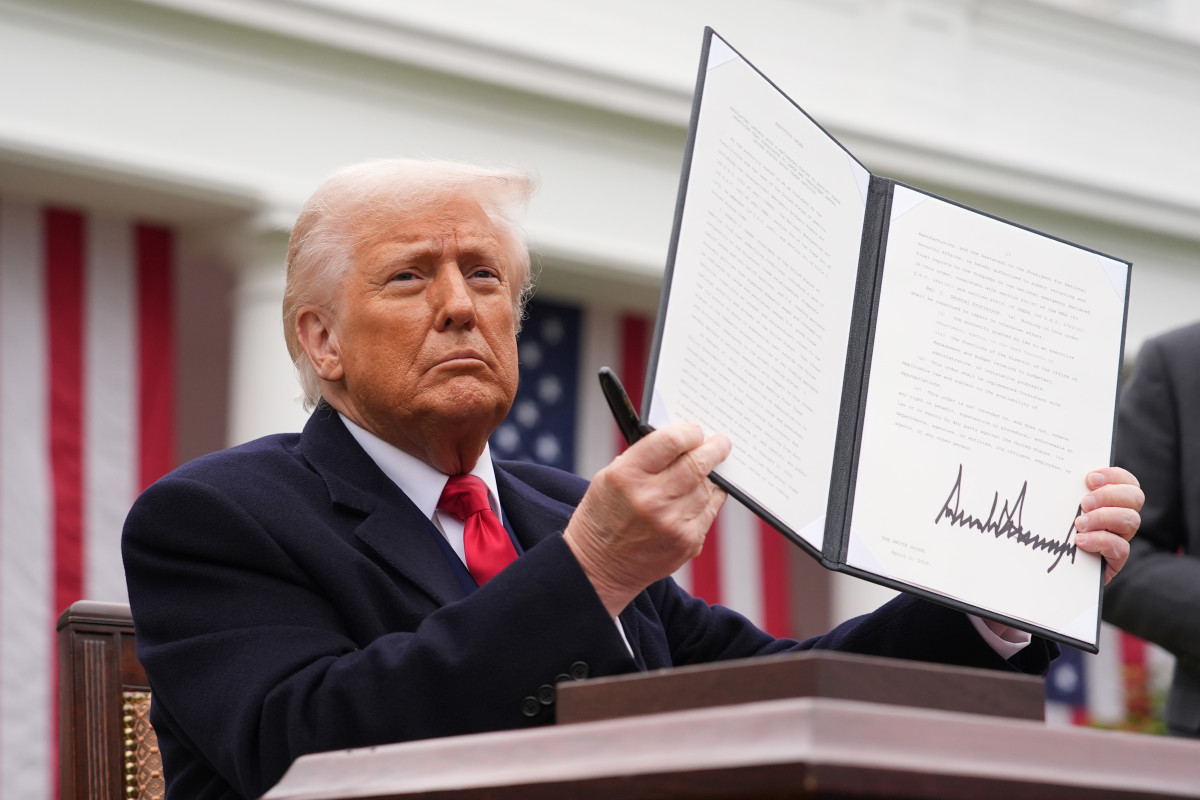
JPMorgan economists, who called the tariff plan "the largest tax increase since the Revenue Act of 1968", warned the broad levies would cost American's around $400 billion and add as much as 1.5% to current PCE inflation levels.
The bank added that consumer spending, the economy's key driver, could slip into contraction by the second quarter.
Recession risk is rising
"This impact alone could take the economy perilously close to slipping into recession," JPMorgan said. "And this is before accounting for the additional hits to gross exports and investment spending. "
The U.S. economy was already weakening heading into last night's event, thanks in part to the specter of new tariffs on global trading partners and the existing levies placed on USMCA allies Canada and Mexico, the 25% duties plans for the auto sector and the separate plans being mulled for the pharmaceutical and semiconductor sectors.
Related: There's no need for a trade war; America's already won it. By a lot.
The Atlanta Fed's GDPNow tracker estimates the economy shrank by 3.7% over the first quarter, a stunning turnaround from the 2.4% pace it grew over the final three months of last year.
Even adjusting for a huge increase in gold imports, which have thrown-off the tracker's calculations, suggest a contraction of 1.4%.
"The growth picture for the first quarter is very muddy. There was a huge drag on real GDP in the quarter from surging imports as companies front-ran the tariffs, partially offset by a precautionary runup in inventories," said Comerica's Adams.
"Separate from trade policy, the U.S. saw big temporary headwinds in January from the LA wildfires and winter storms across the South, and DOGE cuts lowered government outlays," he added. "Accounting for these crosswinds, real GDP was likely negative in the first quarter."
The $1,000 price tag
Drilling into to the impact on the American consumer, EY economist Gregory Daco, argues that, alongside the expected hit to GDP and the boost to inflation pressures, the tariffs would represent "an annual income loss of $690 while for families in the bottom quintile the loss would surpass $1,000."
"Importantly, we stress that a significant adverse financial market reaction would exacerbate these shocks and push the US economy into a recession,” he added.
Samuel Tombs, chief U.S. economist at Pantheon Macroeconomics, however, thinks the overall impact of the tariff changes will depend on the level of price increases absorbed by retailers and the ability of consumer to switch to American-made products or those made by lower-tariffed countries.
Related: Goldman Sachs analysts overhaul S&P 500, GDP targets as Trump tariffs bite
"We think these mitigating factors help to reduce the impact of any tariff increases on inflation by about one-third," he said. "That points to a 1.25% uplift to the core PCE deflator from the President’s latest plans."
He also notes that, with the administration opting for an April 9 start date on the new tariff levels "leaves the door open to back-tracking and further delay."
"The speed with which tariffs can be removed also bolsters the case for thinking that a slowdown, rather than a recession, lies ahead," Tombs said.
Fed in a bind
However the growth story plays out, the mix of slowing growth and faster inflation is likely to place the Federal Reserve in an increasingly difficult spot: lower rates to support the labor market and risk another inflation spike, or raise rates to tame price pressures and risk accelerating the slowdown.
More Economic Analysis:
- Gold's price hit a speed bump; where does it go from here?
- 7 takeaways from Fed Chairman Jerome Powell's remarks
- Retail sales add new complication to Fed rate cut forecasts
"Treasury yields have fallen sharply, as investors take flight and look for safe haven assets," said Richard Carter, head of fixed interest research at London-based Quilter.
'This would suggest the Federal Reserve will need to put additional rate cuts on the table to look to prevent that recession being triggered, but should it face inflation rising too, it is in somewhat of a bind," he added. "Any hint of stagflation puts the soft landing that was achieved post-Covid very much in doubt."





